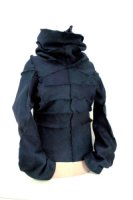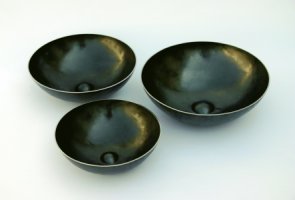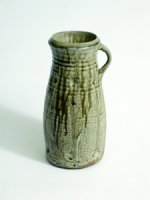Vestnorden Arts & Crafts 2004
Participating countries: |
|||






Sweden

Craft and artisan traditions have a relatively strong position in Sweden. The Swedish crafts movement has since the beginning of the 20th century strived to protect and maintain traditional crafts, and thanks to this effort, many crafts have survived. The Swedish exhibitors came from the region of Uppland which lies directly north of Stockholm. Uppland was and is a predominantly agricultural landscape, but also contains Roslagen, a long archipelago where fishing was a livelihood for many people. The important Swedish iron industry is represented by the Dannemora mine and the many ironworks in the north. The coast has a long tradition of producing nuptial gifts and the high quality wool from the Roslag sheep have resulted in many fine rugs and clothing. The close proximity of the ironworks have given the smiths an extraordinary material to work with, and the rich amounts of earthenware clay have given rise to ceramic products since the stone age.
Today's craftmen are both inspired by and further develop these traditions. The combination of old traditions, new trends and well-honed skills make these products some of the best of contemporary craft. The crafts people from Upland displayed leather goods, blankets of sheep skins with printed motifs, metalwork, sculptures, textiles and works with "luffartjack," a traditional craft where forms are created with wrapped steel wire, a craft that was traditionally practiced by hobos because the craft's materials were easily carried in a pocket and the products were traded for food and lodging.
Participants: |
|||
| Per Alneaus | Wood | ||
| Dagny Anderson | Weaving | ||
| Christel Edin Larsson | Skins | ||
| Collin Lewis | Ceramics | ||
| Maria Lewis | Jewelry | ||
| Tore Qvarfordt | Consultant | ||
| Lotta Rahme | Skins | ||
| Par Sjölen | Wood | ||
| Veronica Skytt | Wool | ||


